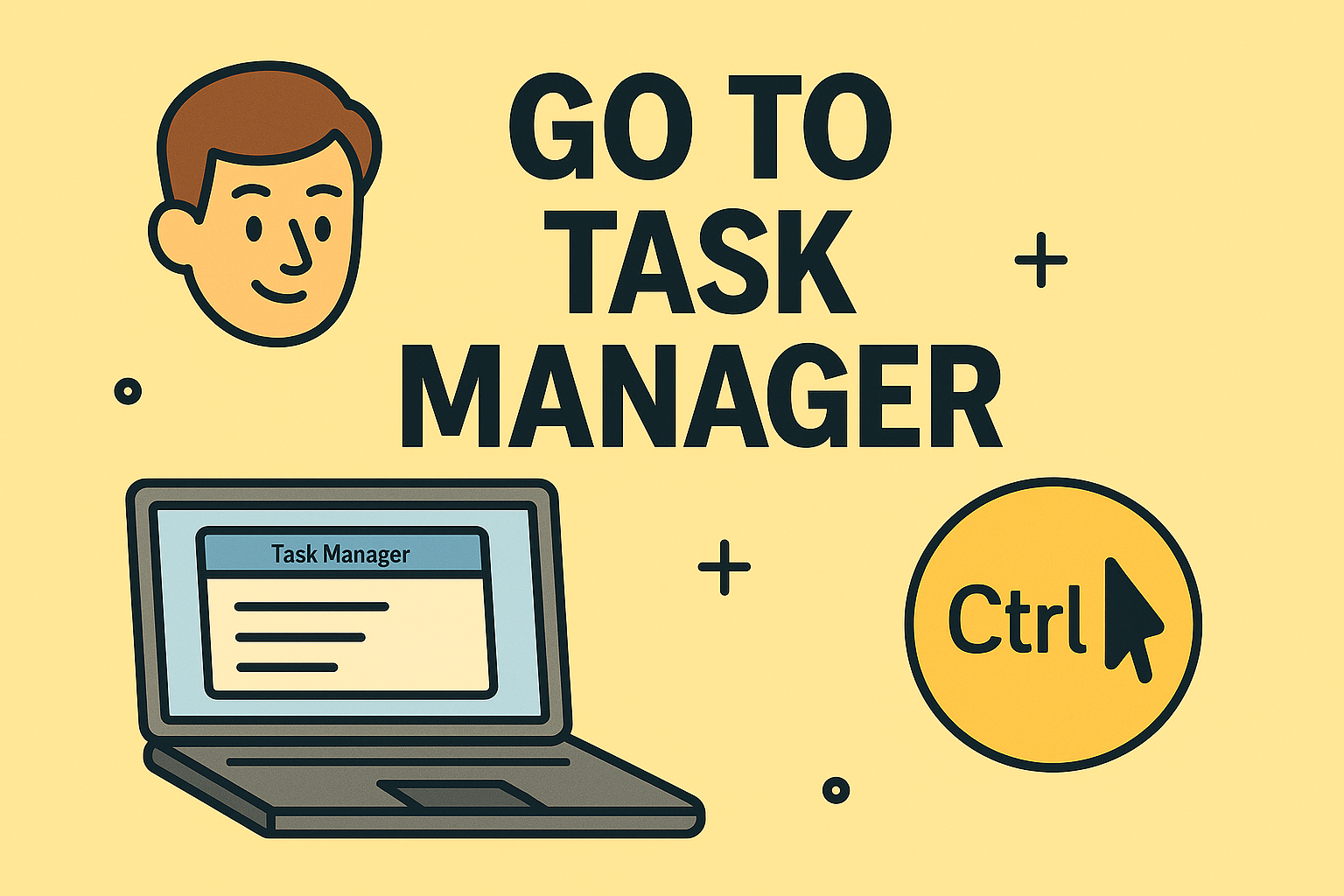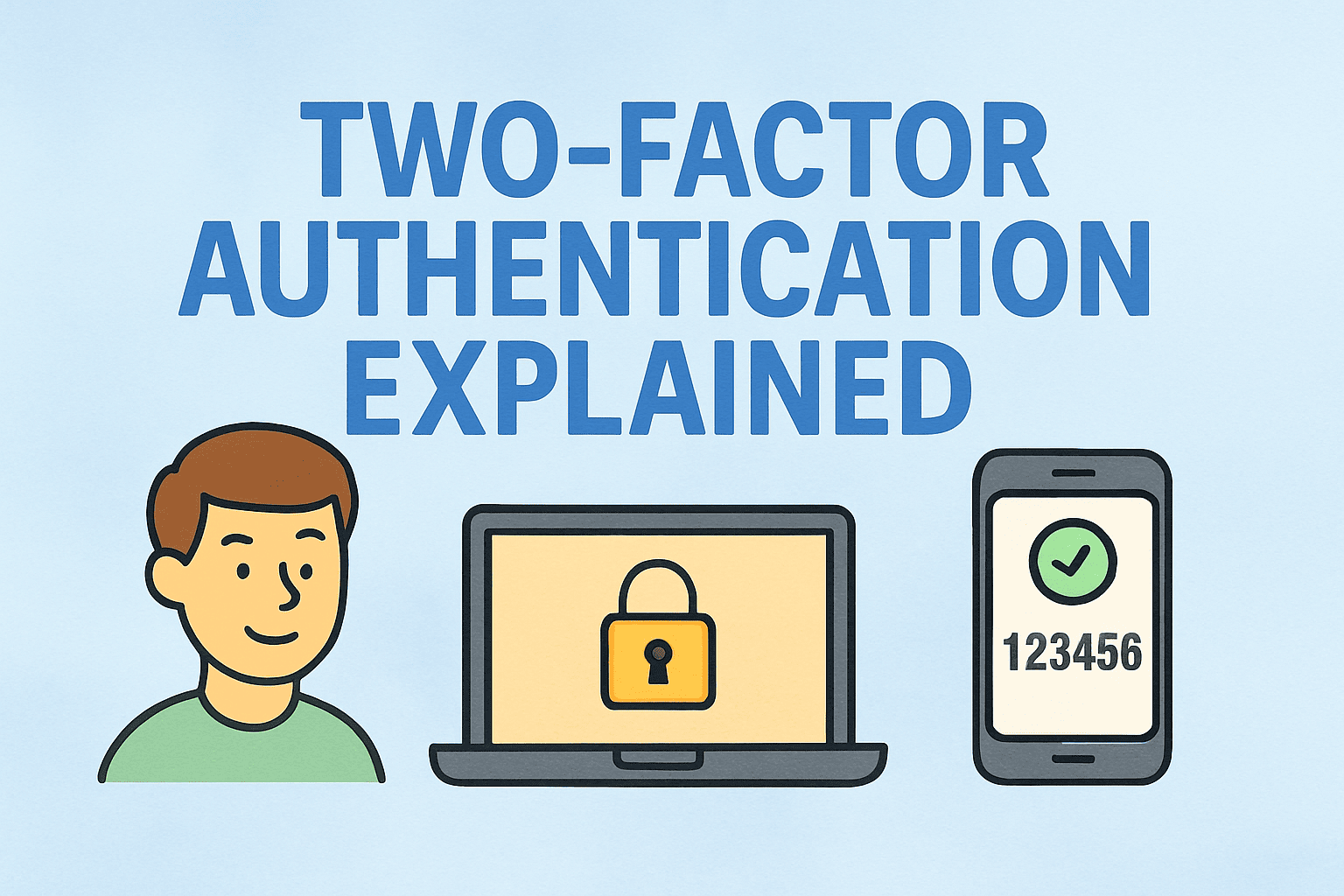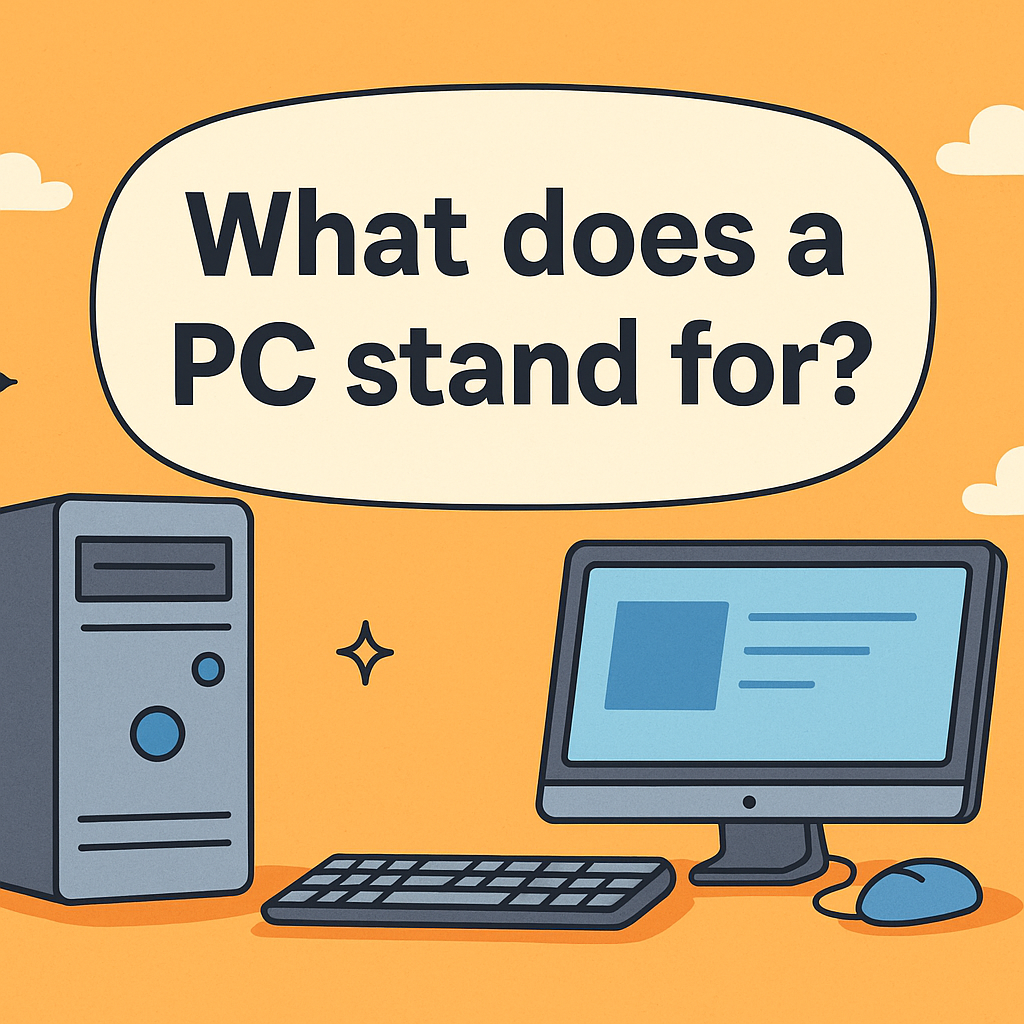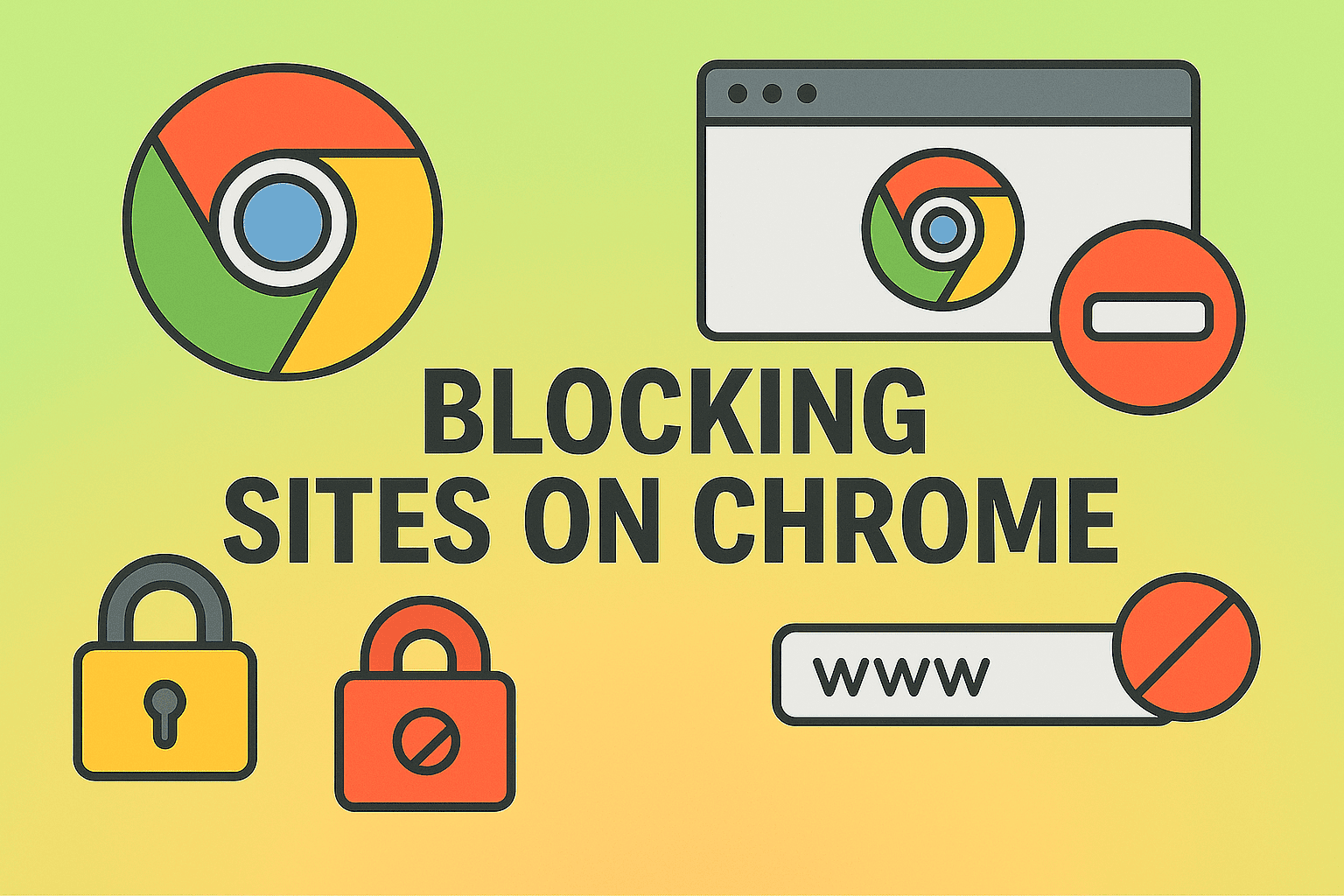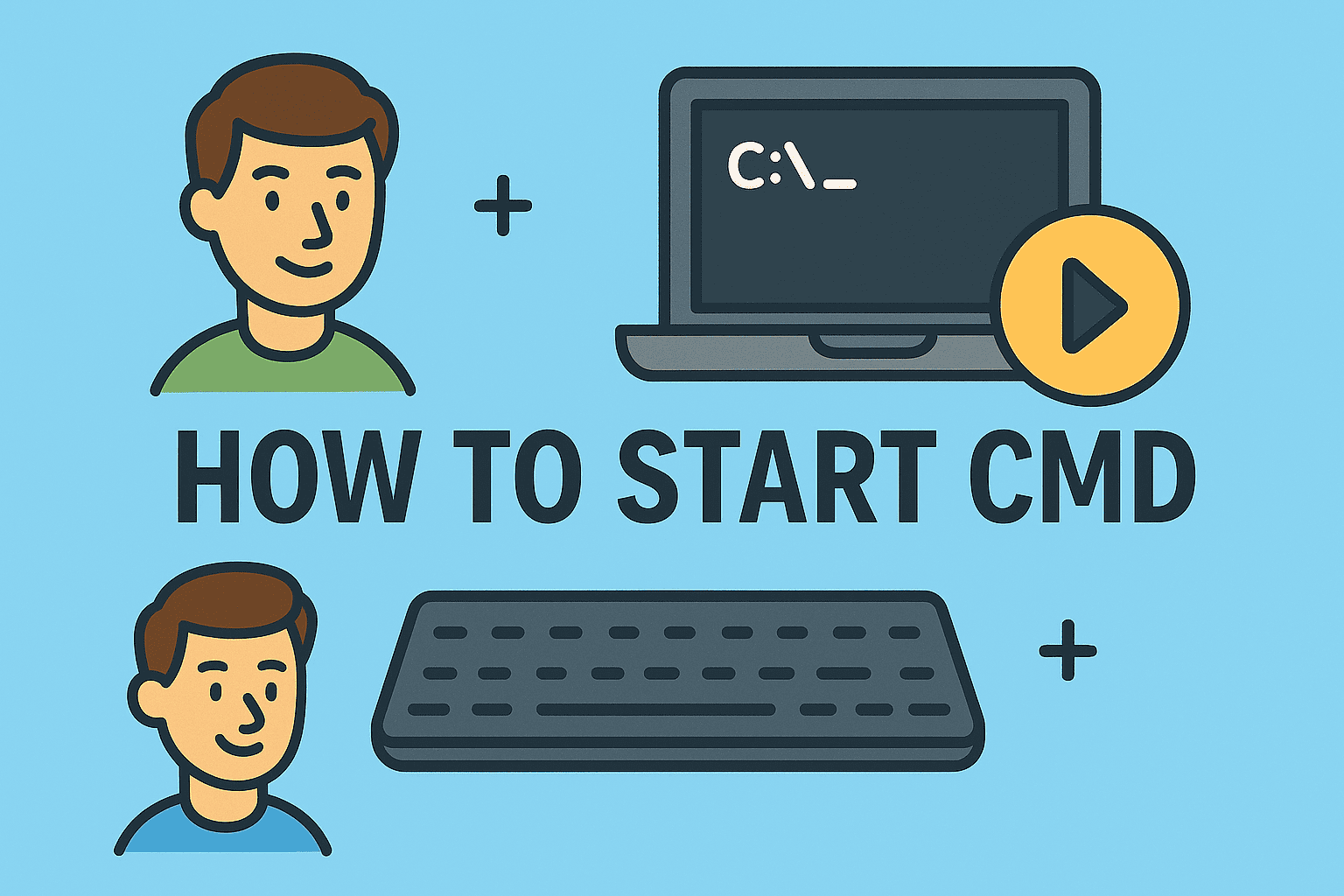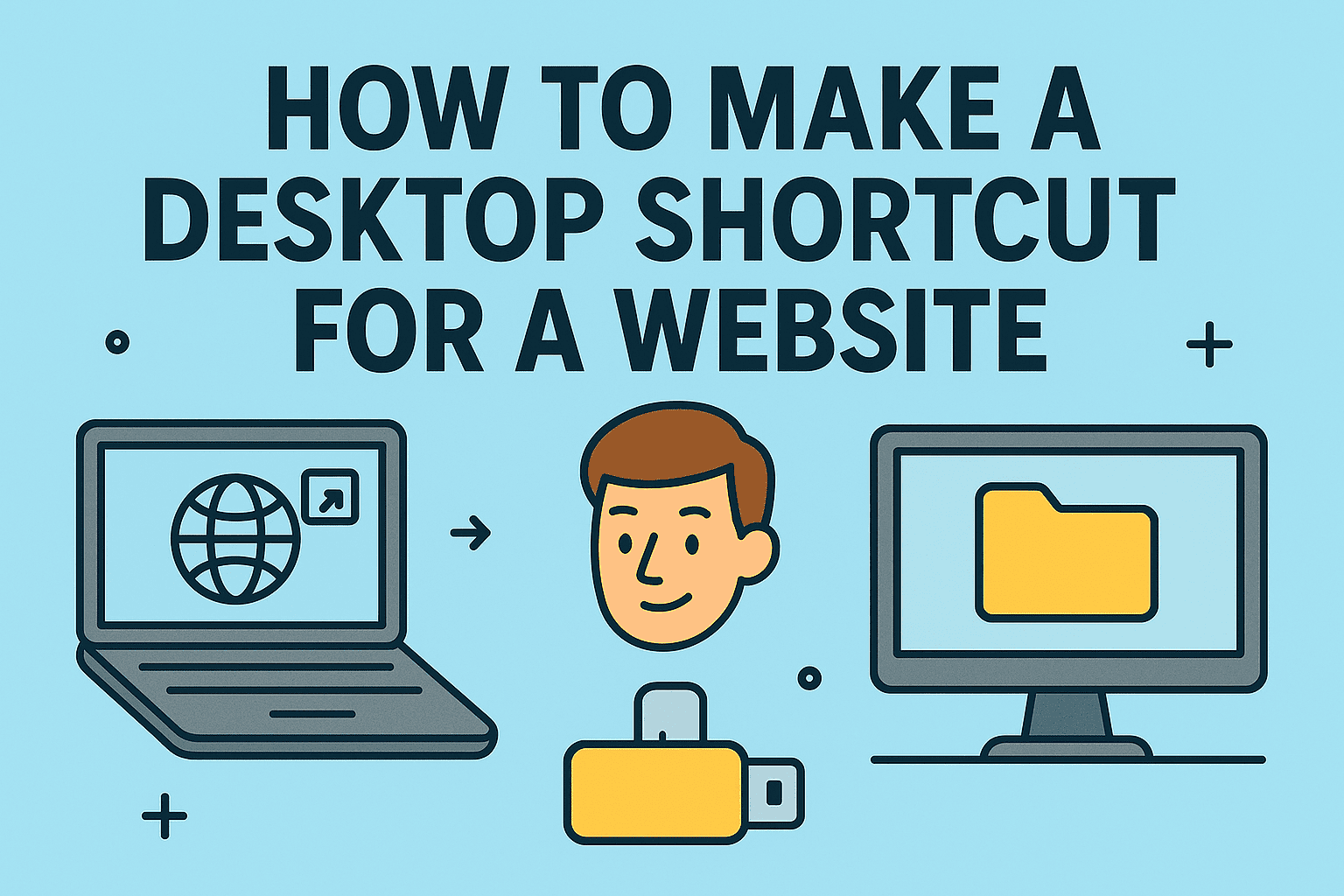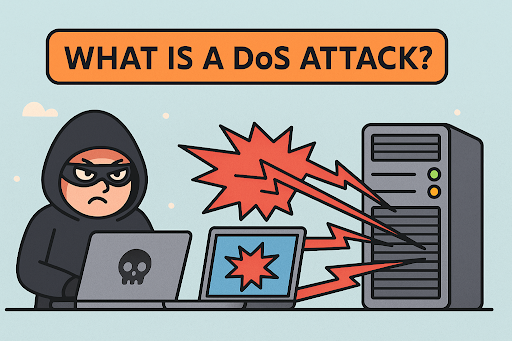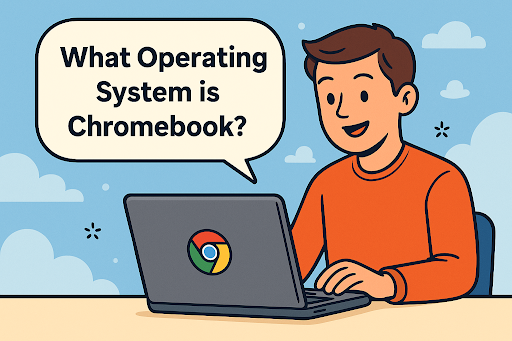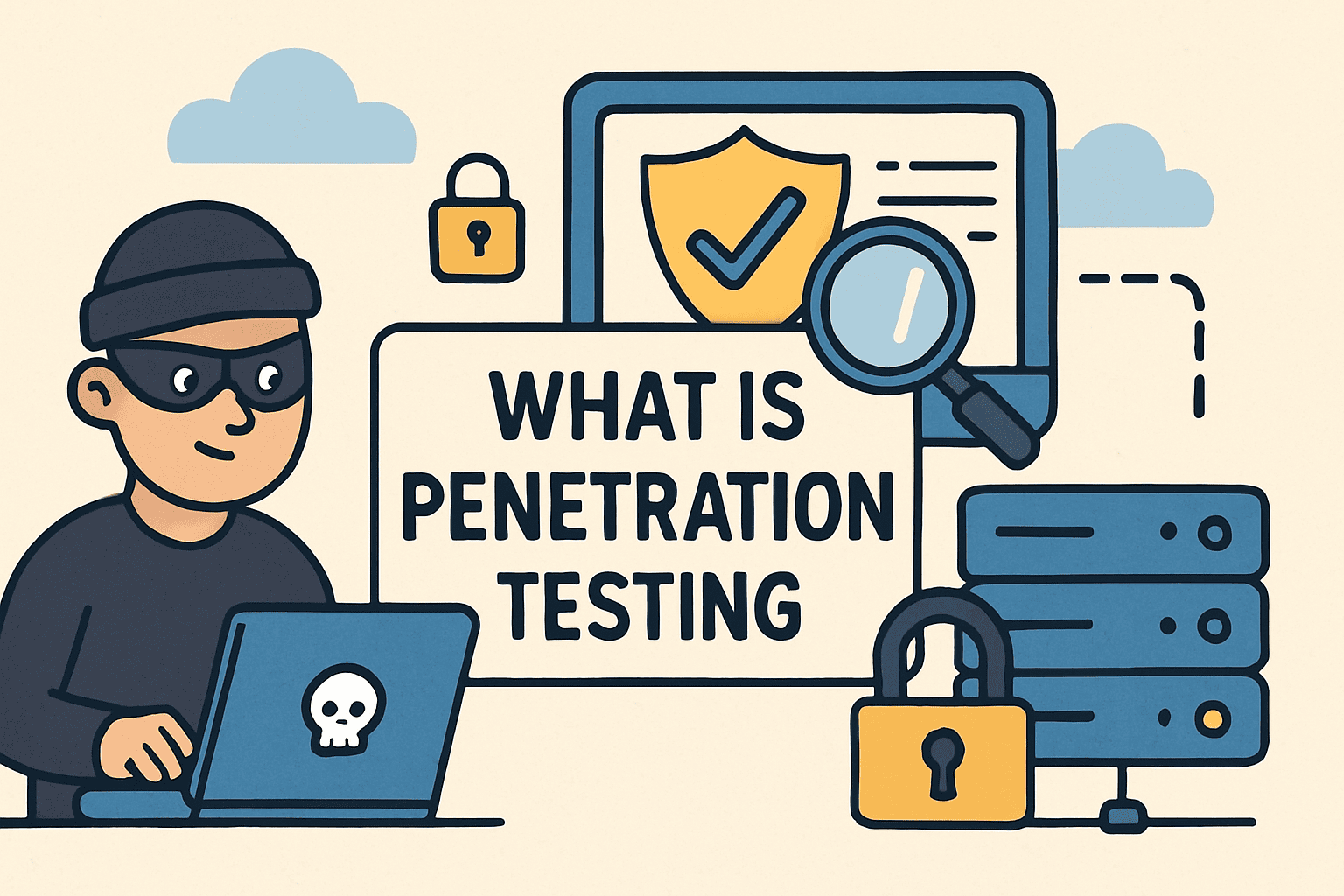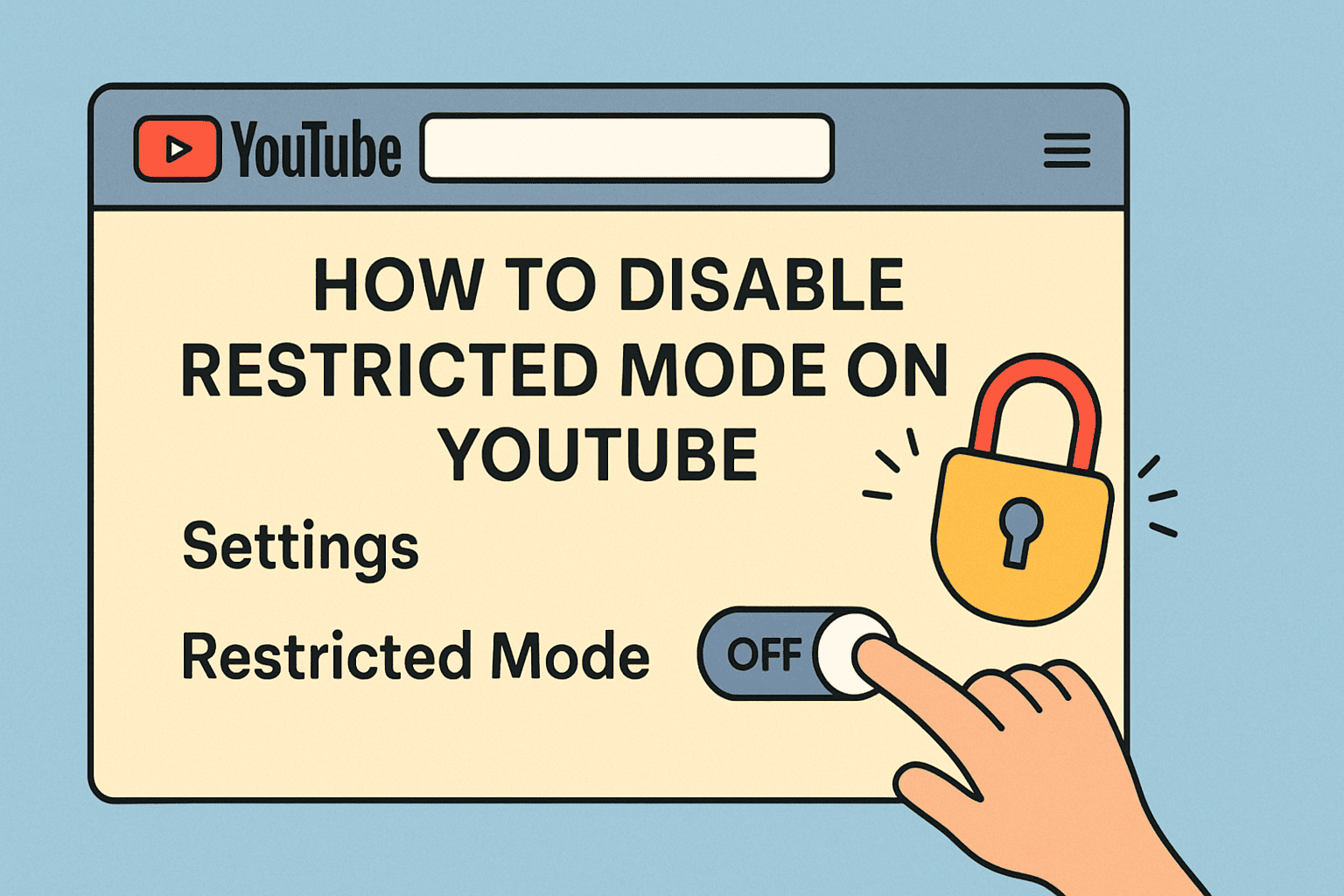Why You Need a VPN Today
Updated on July 28, 2025, by ITarian
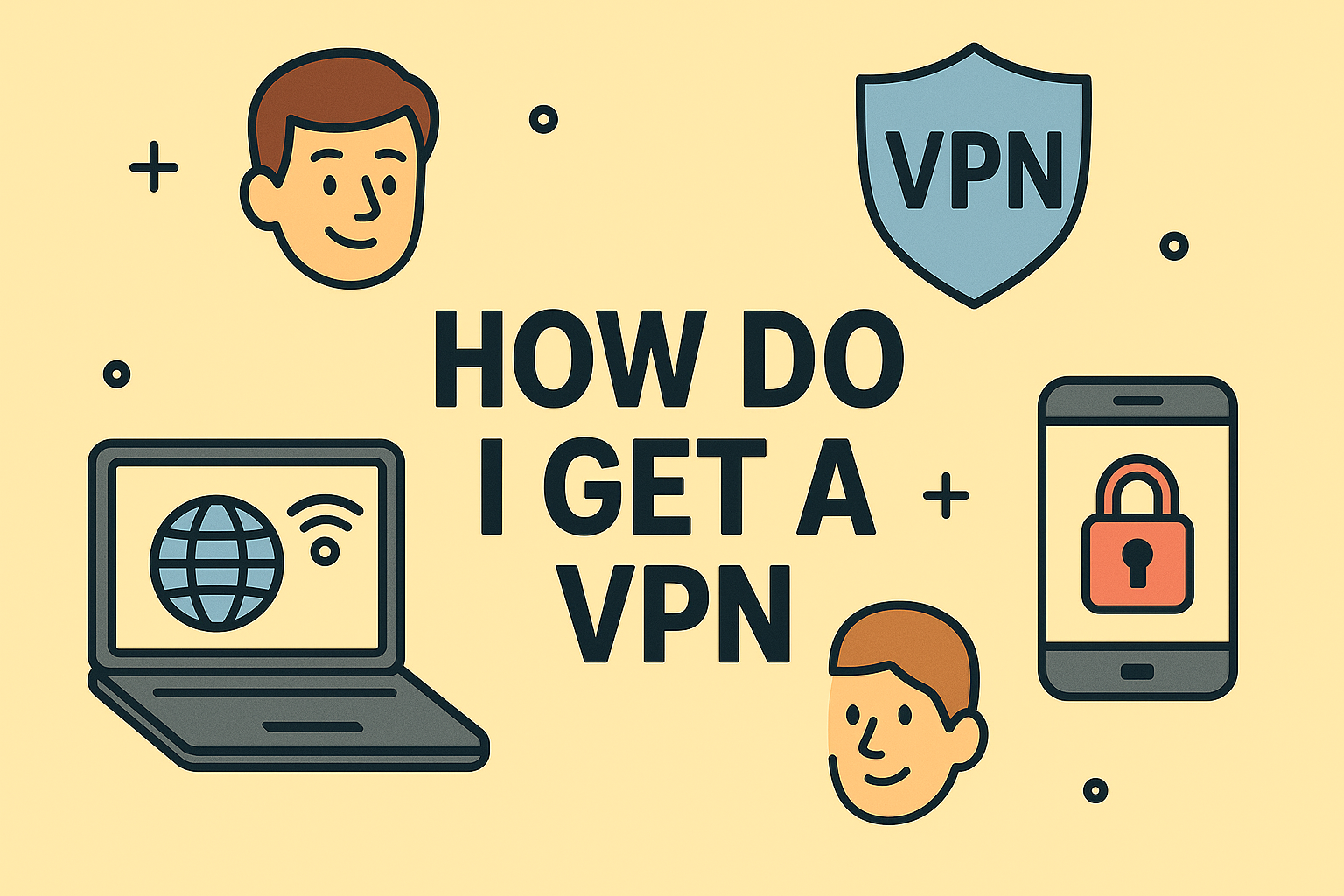
In today’s digital age, online privacy is no longer a luxury—it’s a necessity. If you’re wondering how do I get a VPN to safeguard your data and browse securely, you’re not alone. Whether you’re a cybersecurity expert, an IT manager, or a CEO handling sensitive corporate data, a Virtual Private Network (VPN) is a critical tool. In this guide, we’ll explain how to get a VPN, install it on different platforms, and choose the right service for your needs.
What is a VPN and Why Should You Use One?
A VPN (Virtual Private Network) encrypts your internet traffic and routes it through a secure server, hiding your IP address and protecting your identity. This makes it nearly impossible for hackers, ISPs, or third parties to track your online activity.
Benefits of Using a VPN:
- Privacy Protection on public Wi-Fi
- Access to Geo-Restricted Content
- Data Encryption for Remote Work
- Secure Online Transactions
Step-by-Step: How Do I Get a VPN?
1. Choose the Right VPN Service
Look for reputable VPN services for beginners. Here are a few trusted options:
- NordVPN
- ExpressVPN
- Surfshark
- ProtonVPN
Make sure to choose a VPN with:
- No-log policy
- AES 256-bit encryption
- Multiple server locations
- Apps for all platforms (Windows, macOS, Android, iOS)
2. Sign Up and Subscribe
- Visit the VPN provider’s website.
- Choose a subscription plan (monthly or yearly).
- Create an account and enter your payment info.
3. Download VPN on Windows/Mac
Most providers offer dedicated apps for various platforms.
For Windows:
- Download the setup file
- Run the installer and follow prompts
- Launch the app and sign in
For Mac:
- Download from App Store or official site
- Allow necessary permissions in System Preferences
- Open and log in
4. How to Install a VPN App on Mobile
For Android/iPhone:
- Go to the Google Play Store or Apple App Store
- Search for your VPN provider
- Download and install
- Open the app, sign in, and tap Connect
How to Use a VPN: Quick Tips
- Open the VPN app
- Choose a server location (e.g., US, UK)
- Tap or click “Connect”
- Confirm your IP has changed (optional via sites like whatismyip.com)
- Browse securely!
Features to Look for in a VPN
| Feature | Description |
| Kill Switch | Disconnects internet if VPN fails to keep data safe |
| Split Tunneling | Choose which apps go through the VPN |
| Multi-device Support | Use VPN on all your devices simultaneously |
| 24/7 Support | Customer service in case you need help |
Common Issues and Fixes
Issue 1: VPN Slows Down Internet
✅ Fix: Choose a nearby server and avoid free VPNs.
Issue 2: Can’t Access Netflix/Streaming
✅ Fix: Switch to another region or use a VPN with streaming support.
Issue 3: VPN Not Connecting
✅ Fix: Restart the app, reinstall, or check firewall settings.
FAQ: VPN Setup and Use
1. Is it legal to use a VPN?
Yes, VPNs are legal in most countries for personal and professional use.
2. Can I get a free VPN?
Yes, but they come with data limits, ads, and slower speeds. Paid VPNs offer better security and reliability.
3. Do I need a VPN on mobile?
Absolutely. Public Wi-Fi puts phones at the same risk as laptops.
4. Will a VPN hide my browsing from my ISP?
Yes. A VPN encrypts your data so your ISP can’t see what you’re doing online.
5. Does a VPN make me anonymous?
Not 100%, but it significantly enhances your privacy and security.
Final Thoughts: Stay Protected in a Connected World
Understanding how to get a VPN is your first step toward online protection. By choosing a reliable provider and following easy setup steps, you can browse securely, access blocked content, and protect your sensitive information. Don’t wait for a cyberattack to happen—act now.
👉 Start your secure journey today with Itarian’s powerful cybersecurity platform. Sign up here.

